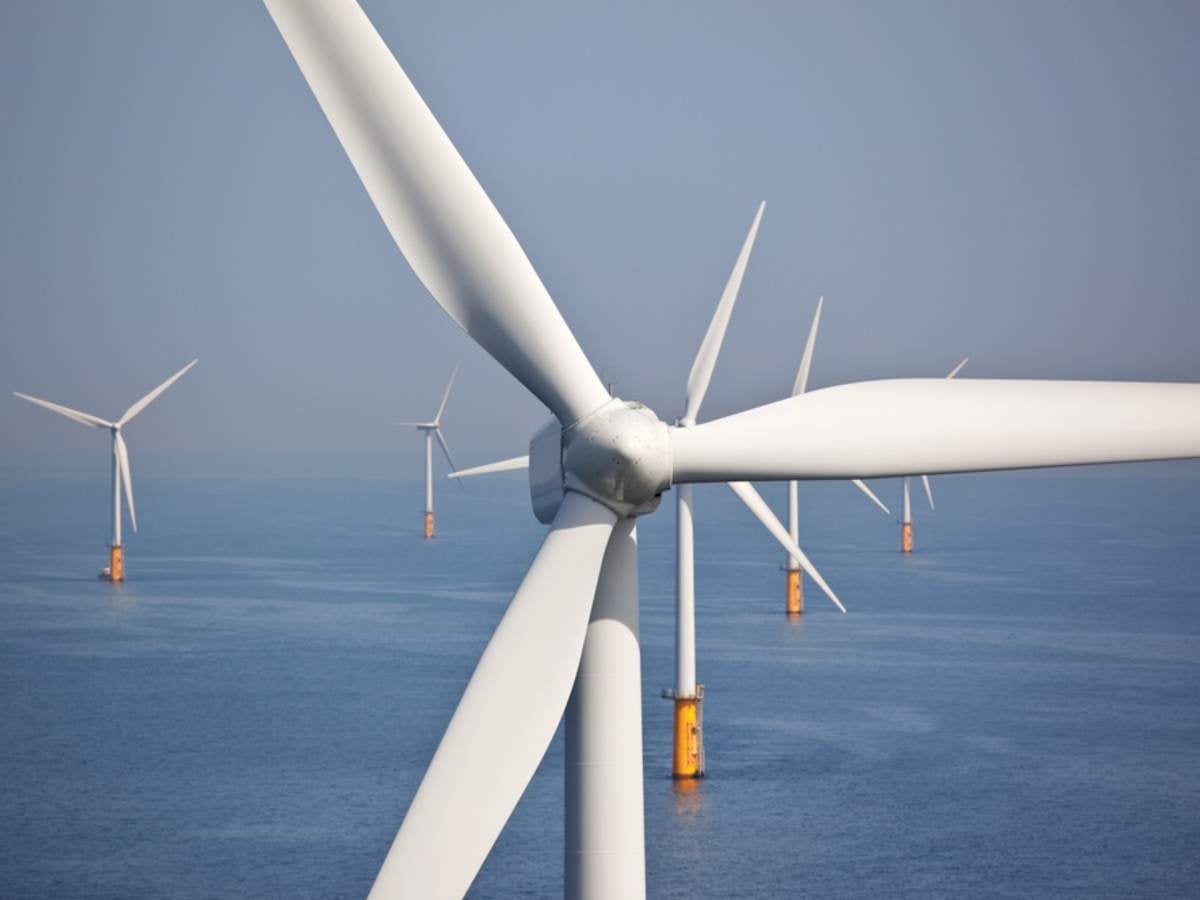
The offshore wind industry plays a pivotal role in the global transition to renewable energy. With wind farms located in challenging marine environments, ensuring the safety of workers is of paramount importance. Offshore wind safety training programs equip professionals with the knowledge and skills necessary to navigate the unique hazards associated with offshore wind operations. In this blog post, we will explore the significance of offshore wind safety training and how it ensures safe operations in these challenging environments.
Understanding Offshore Hazards
Offshore wind safety training begins with a comprehensive understanding of the hazards specific to offshore environments. This includes recognising risks such as adverse weather conditions, challenging sea states, high winds, and limited access to medical facilities. Through safety training, professionals learn to identify and assess potential hazards, enabling them to implement appropriate safety measures to mitigate risks effectively.
Emergency Response and Evacuation
Offshore wind safety training places significant emphasis on emergency response and evacuation procedures. Participants learn how to respond swiftly and effectively in emergency situations, including fire incidents, equipment failures, or medical emergencies. Training covers the use of safety equipment, evacuation protocols, and coordination with emergency services. This prepares professionals to take prompt action and safeguard themselves and their colleagues in challenging offshore scenarios.
Personal Protective Equipment (PPE)
Offshore wind safety training includes comprehensive education on personal protective equipment (PPE) and its correct usage. Participants learn about the various types of PPE required for offshore operations, including protective clothing, helmets, safety harnesses, and respiratory protection. Training emphasises the importance of wearing and maintaining PPE to minimise the risk of injury and exposure to hazardous substances.
Working at Heights and Fall Prevention
Offshore wind turbines require personnel to work at heights, which presents inherent risks. Safety training focuses on fall prevention techniques, including the proper use of fall arrest systems, safety harnesses, and access equipment. Professionals are trained to inspect and maintain safety equipment and are educated on the best practices for working safely at heights, reducing the risk of falls and associated injuries.
Electrical Safety
Electrical hazards are prevalent in offshore wind installations. Safety training provides professionals with a thorough understanding of electrical safety protocols, including proper isolation procedures, lockout/tagout practices, and the importance of working within restricted areas. Participants learn to identify potential electrical risks and implement precautions to ensure the safety of themselves and others while working on electrical systems.
Marine and Helicopter Safety
Offshore wind projects often require workers to travel by sea or helicopter, presenting unique safety considerations. Safety training covers marine safety procedures, including life-saving techniques, survival at sea, and use of life rafts. It also addresses helicopter safety, emphasising correct boarding and disembarking procedures and awareness of helicopter-specific hazards. Training ensures that professionals are prepared for safe transportation to and from offshore wind farms.

Risk Assessment and Reporting
Offshore wind safety training teaches professionals the importance of conducting thorough risk assessments before commencing any work activities. Participants learn how to identify potential risks, assess their severity, and implement controls to mitigate them. Additionally, safety training emphasises the significance of reporting incidents, near misses, and potential hazards, fostering a safety culture that prioritises continuous improvement and the prevention of accidents.
Teamwork and Communication
Safety training emphasises the importance of effective teamwork and communication in offshore environments. Professionals learn the significance of clear and concise communication, both within their teams and with other stakeholders. Training promotes effective collaboration, ensuring that safety protocols and procedures are understood and followed by all team members, ultimately enhancing the overall safety culture of offshore wind operations.
Offshore wind safety training is an essential component of ensuring safe operations in challenging marine environments. By providing professionals with the knowledge and skills to identify and mitigate risks, respond to emergencies, and adhere to safety protocols, safety training plays a crucial role in protecting the workforce and maintaining a strong safety culture within the offshore wind industry. Embracing comprehensive safety training is vital for creating a sustainable offshore wind sector that prioritises the well-being of workers and contributes to the global transition to clean energy.





